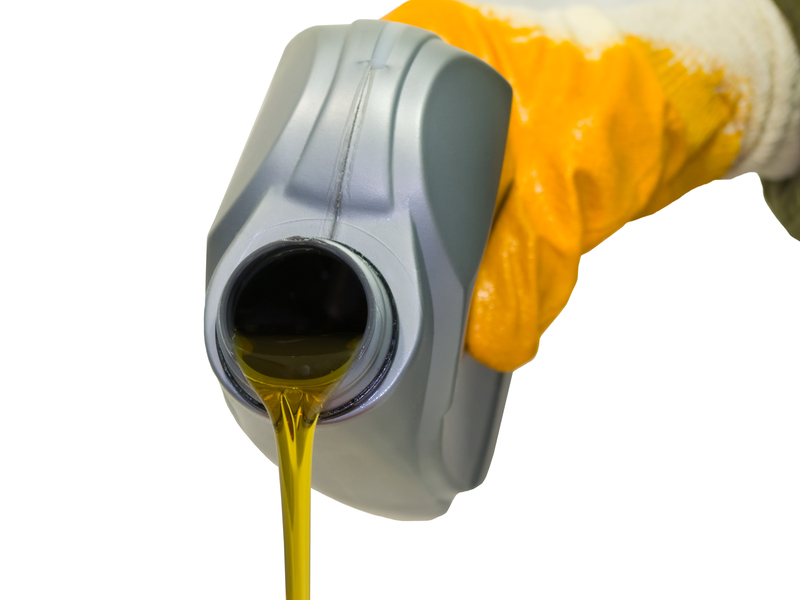Eco-Friendly Tips for Disposing and Recycling Kitchen Cookware
In our journey towards a more sustainable lifestyle, it's crucial to consider how we dispose of kitchen appliances and utensils, especially old cookware. Pots and pans often comprise metals, coatings, plastics, and other materials that, when improperly discarded, can harm the environment. This detailed guide explores eco-friendly ways to dispose of and recycle kitchen cookware, ensuring your items have minimal environmental impact.

Understanding Cookware Materials and their Environmental Impact
Before tossing out old pans, it's important to recognize the different materials that make up common kitchen cookware. Knowing what you're handling is the first step toward sustainable disposal or recycling.
- Stainless Steel: Durable and corrosion-resistant, recyclable in most scrap metal facilities.
- Cast Iron: Heavy, long-lasting, and fully recyclable.
- Aluminum: Lightweight and recyclable but sometimes features a non-stick coating.
- Copper: Highly recyclable and valuable in metal recovery.
- Non-Stick Coated (e.g., Teflon): Metal base may be recyclable, but coatings and plastics pose eco challenges.
- Ceramic & Glass: May not be accepted in curbside recycling due to heat-treated materials; check local regulations.
Understanding these basics will help you choose the right disposal or recycling method.
Why Proper Disposal of Old Cookware Is Important
Tossing cookware in the trash may seem convenient, but most pans are not biodegradable--especially metals or those with chemical coatings. Improper disposal can lead to:
- Increased landfill volume.
- Leaching of toxic chemicals and metal ions, such as PTFE (Teflon) or aluminum.
- Loss of valuable, reusable materials.
For an eco-friendly future, it's vital to find greener solutions for kitchenware that's reached the end of its useful life.
How to Recycle Old Pots and Pans Effectively
1. Find Local Scrap Metal Recycling Centers
Most metal cookware--stainless steel, cast iron, copper, and aluminum--can be taken to a local scrap metal recycling center. These facilities have the technology to process and reuse metals, keeping them out of landfills. Before you go:
- Remove any plastic, rubber, or wooden handles that can't be recycled with the metal.
- Check if your pan has any non-stick or ceramic coating. You may need to contact the center to see if they accept coated cookware.
- Rinse and clean cookware to remove food residue.
2. Check Curbside Recycling Programs
Some municipalities allow certain types of metal cookware in their curbside programs. However, this varies by location. Always check:
- If pots and pans without non-stick coatings are accepted.
- Whether items like glass or ceramic cookware are allowed (many are not).
- Bagging or preparation requirements (e.g. handles off, lids removed).
3. Recycle Non-Stick Cookware Responsibly
Recycling pans with non-stick coatings, such as Teflon, is more challenging. Here's what you can do:
- Contact manufacturers (many brands like T-fal, Calphalon, and GreenPan offer take-back or recycling programs).
- See if the manufacturer's website offers mail-in options for old pans.
- Ask local specialized e-waste or hazardous waste centers if they accept coated pans for proper disposal.
Never burn or incinerate non-stick cookware; the coatings can release toxic fumes.
4. Contact Thrift Shops and Donation Centers
If your cookware is still in usable condition, consider donating it! Many second-hand stores, community centers, or charities accept pots, pans, and bakeware. Some organizations even refurbish slightly worn cookware for families in need. Always:
- Clean and inspect cookware for chips, cracks, or warped areas.
- Package lids and pots together so items are not separated in transit.
- Call ahead to check what kinds of cookware the organization accepts.
5. Upcycle or Repurpose Cookware at Home
Giving old kitchen cookware new life as creative household items is an environmentally-friendly option. Here are some creative ideas:
- Plant Pots or Herb Gardens: Fill old pots or pans with soil for indoor herbs or succulents.
- Wall Art: Paint, decorate and hang uniquely shaped pans or lids as kitchen art.
- Storage Containers: Use baking pans or large pots to organize gadgets, craft supplies, or tools.
- Bird Feeders: Convert metal colanders or shallow pans into outdoor feeders.
- Clocks or Chalkboards: Attach a clock mechanism or chalkboard paint for quirky decor.
*Upcycling is not only fun--it extends the lifecycle of materials, reducing waste and consumption!*
Preparing Cookware for Responsible Disposal or Recycling
Cleaning and Sorting
Before disposal or donation, always:
- Wash thoroughly. Remove food, grease, and residue to meet recycling facility guidelines or charity standards.
- Disassemble parts. Remove detachable handles, knobs, and lids. Separate glass from metal to aid recycling.
- Check for coatings or mixes (e.g., a stainless steel pan with a wooden handle), and remove non-metal elements if possible.
Identifying Local Recycling Options
Not all towns have the same recycling capabilities for cookware. To find the best local resources:
- Visit your municipality's recycling website or call local government offices for a list of accepted materials and drop-off locations.
- Use online tools such as Earth911, Recycling Locator, or Call2Recycle to find the nearest drop-off for metals, electronics, or hazardous materials.
- Inquire with kitchenware brands for brand-specific recycling initiatives.
Tips for Buying Sustainable Cookware
One of the best long-term solutions is to purchase durable, eco-friendly kitchen cookware that is easier to recycle or repurpose at the end of its life. Consider:
- Stainless Steel and Cast Iron: These materials last for decades, contain no hazardous coatings, and are 100% recyclable.
- Uncoated Aluminum: Opt for products without chemical linings for simple recycling.
- Recycled Materials: Some brands produce pans from reclaimed or recycled metals.
- Ceramic or Glass: Choose lead-free and cadmium-free options for healthy use and disposal.
- Modular Designs: Cookware that can be dismantled easily (handles unscrew, lids separate) simplifies recycling.
Certifications to Look For
- Cradle to Cradle Certified: Indicates sustainable manufacturing and recyclability.
- Green Seal: Certifies minimal environmental impact during production and disposal.
- Recycled Content Certification: Product is made from post-consumer recycled materials.

Frequently Asked Questions about Recycling Kitchen Cookware
Can I put cookware in the curbside recycling bin?
In most areas, regular curbside recycling does not accept pots, pans, glass or ceramics due to their composition and treatment. Metal cookware is best handled at a scrap yard or drop-off event.
What do I do with cracked glass or ceramic bakeware?
Cracked, chipped, or broken glass and ceramic bakeware cannot be recycled in glass bottle streams. Wrap securely and place in trash or find a specialized ceramics recycling program.
Should I remove handles or lids?
Yes. Remove all non-metal parts to facilitate metal recycling and prevent contamination of recycling streams.
Is it worth recycling damaged non-stick pans?
While more difficult, it's still better to recycle non-stick cookware through brand mail-in programs or hazardous waste centers rather than sending it to landfill.
Summary: Eco-Friendly Disposal and Recycling Options
Disposing of old kitchen cookware doesn't have to mean harming the environment. By understanding the materials in your pots and pans, separating parts for recycling, and seeking out local programs or creative upcycling avenues, you can dramatically reduce landfill waste and promote a circular kitchen economy. Whenever possible, favor sustainable products and brands committed to recyclability and minimal environmental impact.
- Always research local recycling capabilities for metal, glass, and coated cookware.
- Donate usable items or upcycle when possible.
- Buy high-quality, sustainable cookware to minimize frequent disposal needs.
*With thoughtful choices and responsible disposal, we can all contribute to a greener planet--one frying pan at a time!*
